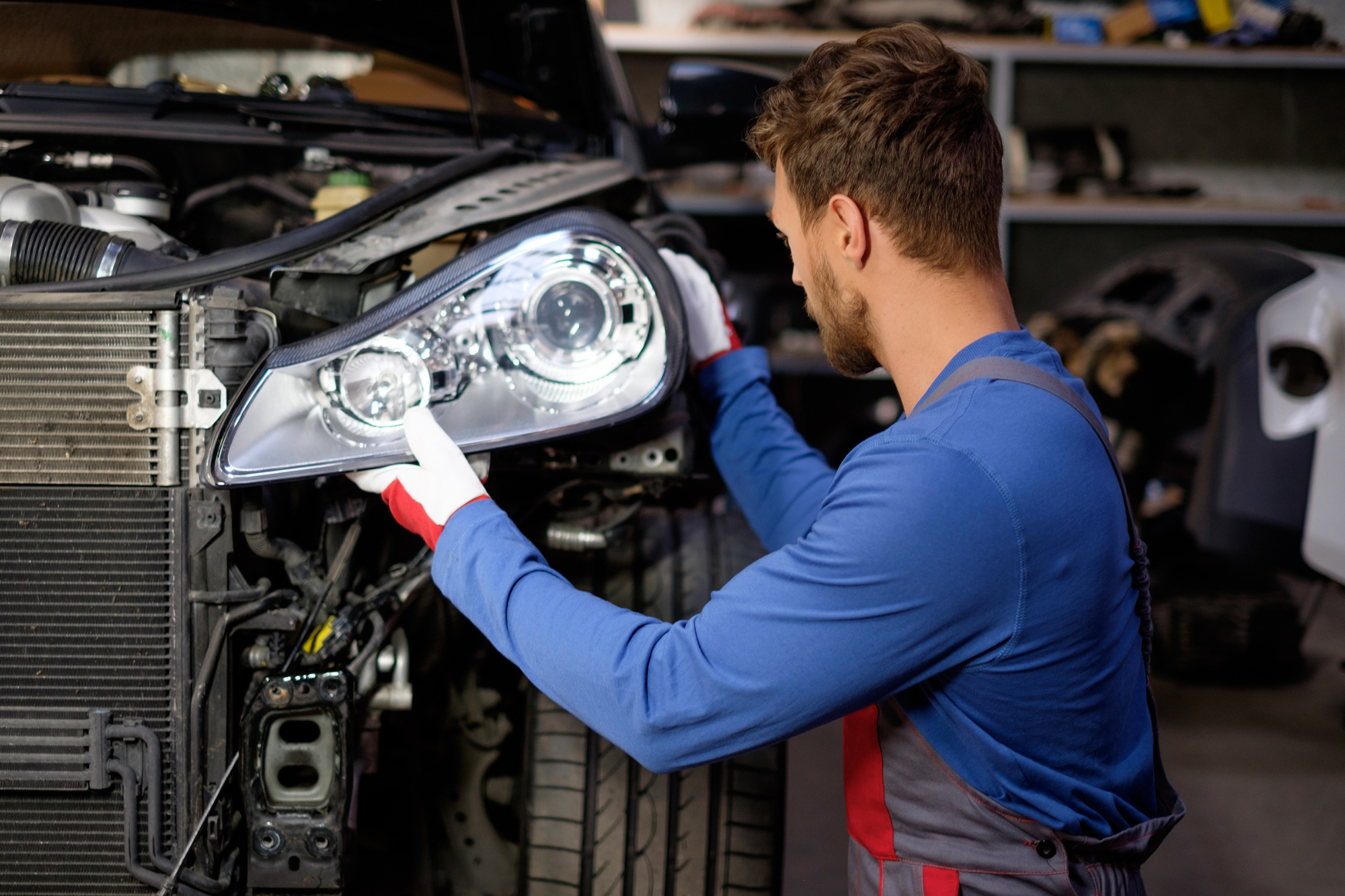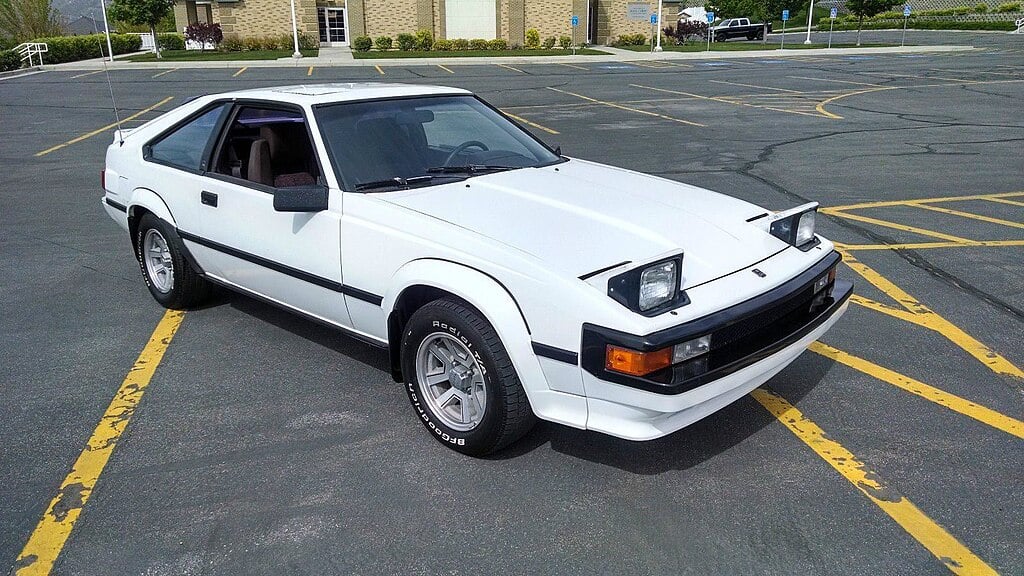Avoid common pitfalls with practical advice to make your first car purchase smarter and cheaper.

Buying your first car can be both exciting and overwhelming, especially when hidden costs and common mistakes lurk beneath the surface. Many first-time buyers focus on sticker price alone, overlooking expenses like insurance, maintenance, and financing terms that add up quickly. Understanding these aspects, along with vehicle history and test driving, helps you make a well-informed decision that fits your budget and lifestyle.
1. Understand the total cost beyond the sticker price before making a purchase.

Understanding the car’s total cost involves more than just the sticker price. Additional expenses like insurance, maintenance, and taxes often add up. An attractive low price tag may tempt new buyers, yet these hidden costs can significantly inflate the overall financial commitment.
Including all ownership expenses in the budget helps paint a clearer picture of long-term affordability. For instance, fuel economy substantially impacts daily costs, especially for those commuting long distances. Failing to account for such factors can lead to financial strain down the road.
2. Research vehicle history thoroughly to avoid unexpected maintenance expenses later.

Checking a vehicle’s history uncovers hidden secrets like past accidents or major repairs. Carfax reports or similar services typically reveal whether a vehicle has undergone significant work. Skipping this step may lead to unwelcome surprises after the purchase.
Understanding the car’s background assures potential buyers of its reliability and helps forecast future maintenance needs. Buyers often find such records invaluable for avoiding vehicles that have had previous structural damage, saving on unexpected repair expenses.
3. Never skip a comprehensive test drive to feel the car’s true condition.

A test drive reveals a car’s true condition beyond mere appearances. Paying attention to how it handles, accelerates, and brakes can uncover potential issues. Buyers often focus on aesthetics, yet the drive itself provides crucial insights into mechanical health.
Experiencing various road conditions during the test drive offers a more comprehensive assessment. Feeling the steering response gives a sense of control, crucial for long-term satisfaction. Overlooking this step may mean inheriting a car with subtle but significant problems.
4. Prioritize fuel efficiency and insurance costs to keep ownership affordable over time.

Fuel efficiency and insurance costs substantially influence long-term affordability. Cars with higher miles-per-gallon ratings lower ongoing fuel expenses. Similarly, varying insurance rates impact the monthly budget. Choosing wisely here keeps overall ownership costs manageable.
Balancing these elements against purchase price ensures sustained financial comfort. For someone driving frequently, savings from better fuel efficiency accumulate quickly, easing financial pressure. Poor planning around these factors can lead to unexpected increases in regular expenses.
5. Get a trusted mechanic to inspect the car before finalizing the deal.

Professional inspections provide a detailed analysis beyond a layperson’s assessment. Inspectors identify hidden faults or upcoming repairs that may go unnoticed on a casual check. Acting on such findings prevents costly surprises once ownership begins.
Having a trusted mechanic evaluate the car supports informed decision-making. Identifying potential issues beforehand equips buyers to negotiate repair costs or reconsider the purchase. The insights from a mechanic greatly enhance confidence in the investment made.
6. Avoid impulse buying by setting a realistic budget and sticking closely to it.

Impulse buying often leads to overspending or regrettable choices. Setting a realistic budget and strictly adhering to it provides financial boundaries. This approach ensures alignment between financial capability and vehicular aspirations.
Purchasing beyond one’s means frequently results in financial strain. A clear, predetermined budget helps prioritize needs over desires, minimizing emotional decisions. Ultimately, this disciplined approach supports not only financial health but long-term satisfaction with the purchase.
7. Learn to negotiate confidently to secure the best possible price.

Negotiating car prices requires confidence and knowledge. Equipped with research and market understanding, buyers can challenge initial offers effectively. The negotiation process becomes less daunting and more productive in securing favorable terms.
Practicing clear, polite negotiation avoids unnecessary expenditure, making the financial commitment more manageable. Buyers often discover that most dealers anticipate negotiations. Harnessing this aspect positions them well to secure fair pricing, enhancing overall purchase value.
8. Consider buying slightly older models for better value without significant compromises.

Opting for slightly older models often brings better value without major sacrifices. Depreciation reduces the price significantly after the first year, yet vehicle condition remains largely intact. Savvy buyers capitalize on this window to achieve budget-friendly outcomes.
Such strategies help avoid the steepest depreciation losses while maintaining modern features. For instance, purchasing a two-year-old model still under warranty combines reliability with affordability. This approach ensures a balance of performance and prudence.
9. Factor in depreciation rates to understand your car’s long-term resale value.

Understanding depreciation helps gauge long-term resale value. Cars tend to lose value most rapidly in their first few years. Grasping these patterns assists in making informed purchase decisions, safeguarding future financial interests.
Calculating potential depreciation impacts overall investment perception. For instance, buying a brand with a faster depreciation rate may reduce future trade-in value. Awareness of these trends helps align current choices with future resale expectations.
10. Be cautious of add-ons and warranties that may not offer real value.

Add-ons and warranties may not always provide tangible benefits relative to their costs. Dealerships often present these extras as enhancements, but buyers should assess real value. Understanding each offer’s relevance to personal needs prevents unnecessary financial expenditure.
Avoiding unneeded extras helps retain more of the budget for actual vehicle costs. Considering which features matter most ensures tailored expenditure rather than generalized solutions. This discernment avoids wasting funds that could support other ownership expenses.
11. Understand financing options fully to prevent costly interest over the loan term.

Grasping financing options protects against costly long-term interest. Comparing loans based on rates, terms, and lenders reveals substantial differences. Entering a dealership with such awareness aids in securing favorable financial arrangements.
Being fully informed prevents committing to burdensome conditions. For example, understanding fixed versus variable rates reduces potential confusion. Such clarity not only enhances financial security but ensures confidence in navigating complex agreements.
12. Stay patient throughout the buying process to avoid costly mistakes from rushing.

Patience in the car-buying process prevents rushed decisions with regrettable outcomes. A deliberate approach fosters thorough evaluation of multiple options, accommodating both discernment and focus. Rushing often leads to overlooking crucial aspects like total cost breakdown.
Maintaining a measured pace supports comprehensive comparisons across potential choices. Discerning buyers recognize that patience reduces pressure and increases satisfaction. This approach encourages well-grounded, confident decision-making that aligns with both financial and personal goals.
